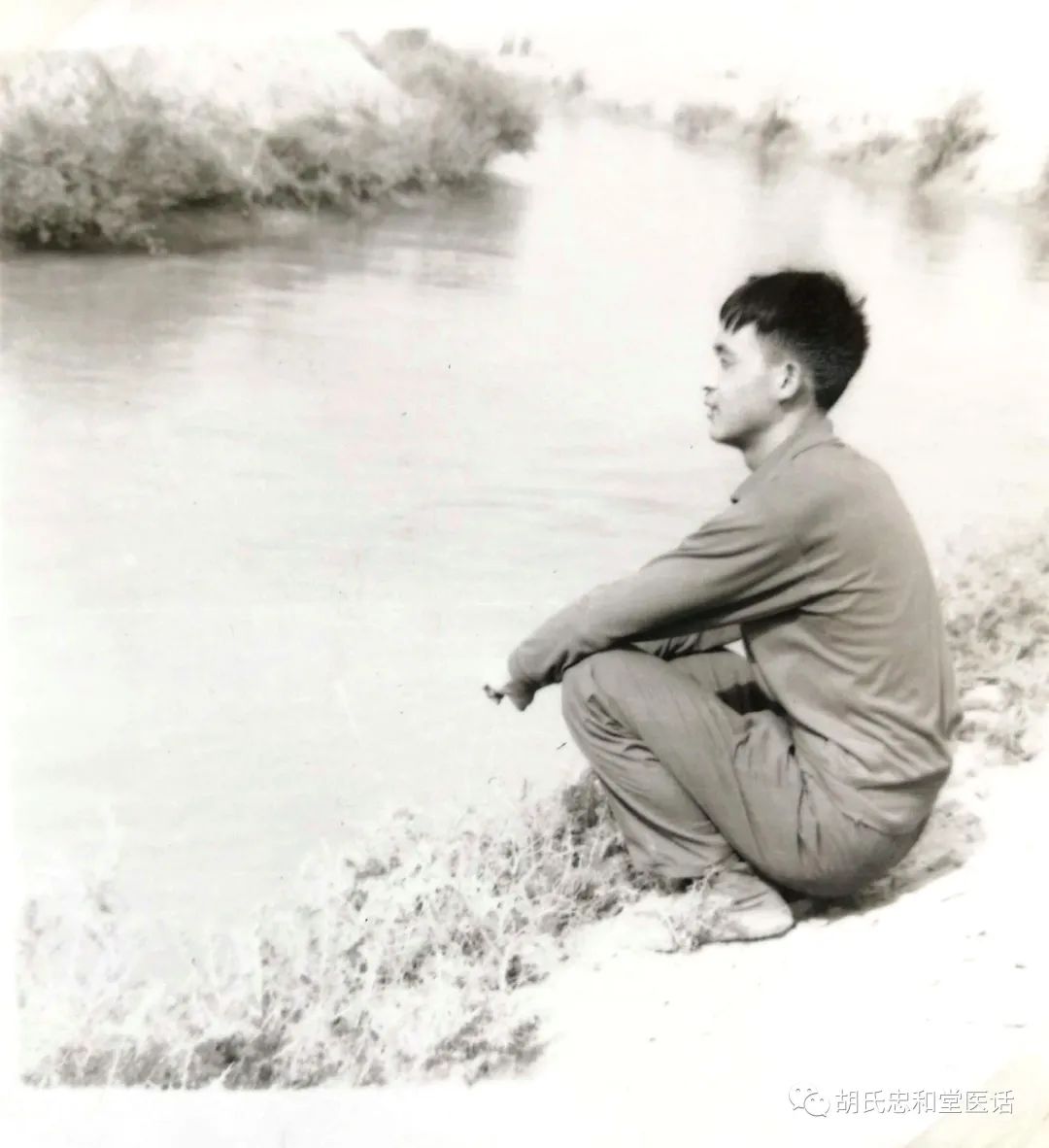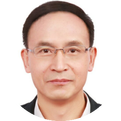
Recently, in the introduction of the article “Following the Dietary Principles for Health Preservation to Assist in Epidemic Prevention,” I mentioned: “For three years of the epidemic, traditional Chinese medicine (TCM) has adhered to systematic thinking, holistic concepts, and comprehensive consideration of the damage caused by external pathogenic factors such as wind, cold, heat, dampness, dryness, fire, and toxins to the five internal organs. Utilizing TCM theories, methods, formulas, and the principles of ‘Three Medicines and Three Formulas,’ the core treatment methods focus on transforming dampness and detoxifying, dispersing lung and unblocking the bowels, and supporting the right qi while expelling pathogenic factors. Treatment methods are determined based on individual, time, and place, highlighting the characteristics and advantages of TCM in epidemic prevention. This article has sparked positive feedback and discussions among peers and netizens, particularly regarding the concept of ‘supporting the right qi and expelling pathogenic factors,’ which has led to diverse opinions. I would like to share my views based on my own experience.
Supporting the right qi and expelling pathogenic factors is a fundamental principle in TCM for treating diseases. It is formulated under the guidance of holistic concepts and the spirit of syndrome differentiation and treatment, providing universal guidance for clinical syndrome differentiation, treatment principles, prescriptions, and medication. TCM believes that the struggle between the right qi and pathogenic factors runs through the entire course of a disease. The outcome of this struggle determines the progression or regression of the disease. If the pathogenic factors prevail over the right qi, the disease progresses; if the right qi prevails over the pathogenic factors, the disease regresses. The right qi is the dominant aspect in the struggle between the right and the evil, and the rise and fall of the right qi is the key to determining the transformation of this contradiction. The Huangdi Neijing states: “When the right qi is preserved internally, the evil cannot invade.” “Where the evil gathers, its qi must be deficient.” Pathogenic qi acts through the deficiency of the right qi. Therefore, in treating diseases, supporting the right qi is fundamental, while expelling pathogenic factors is the goal. Strengthening the right qi is aimed at better expelling the pathogenic factors, and expelling the pathogenic factors is to protect the right qi. The two are a unified differentiation in clinical practice. Supporting the right qi means assisting the right qi, enhancing the constitution (adjusting the physiological functions of yin and yang, qi and blood, internal organs, and meridians) to improve the body’s resistance to disease. Expelling pathogenic factors means removing the pathogenic evil, allowing the right qi to be stable. When specifically applying the principles of supporting the right qi and expelling pathogenic factors in clinical practice, one must first clarify the situation of the rise and fall of the right qi and pathogenic factors, and based on their positions in the struggle, determine the priority and sequence of supporting the right qi and expelling pathogenic factors. Generally, doctors often consider both supporting the right qi and expelling pathogenic factors simultaneously, with some emphasis on one over the other. Sometimes, supporting the right qi is the main focus, with expelling pathogenic factors as a secondary consideration, or vice versa. At times, methods may involve first supporting the right qi and then expelling pathogenic factors, or first expelling pathogenic factors and then supporting the right qi, depending on the specific situation, analysis, and treatment. The overall principle requires that “support the right qi without leaving behind the evil, and expel the evil without harming the right qi.” For example, in treating an elderly person with a deficiency of yin and blood who is externally affected by wind and cold, treatment must consider both supporting the right qi and expelling pathogenic factors. Because of the deficiency of yin and blood, there is insufficient sweat to expel the external evil, so it is necessary to use both nourishing yin and blood herbs and exterior-releasing herbs in combination, nourishing the fluids to replenish the source of sweat and inducing sweating to expel the external evil. When selecting herbs and formulating prescriptions, it is also essential to consider the degree of yin and blood deficiency and the severity of the external evil to determine the appropriate dosage of nourishing yin herbs and exterior-releasing herbs, ensuring that the treatment nourishes yin without retaining the evil and induces sweating to release the exterior without harming yin. Conversely, for a person with a strong constitution who is externally affected by wind and cold, presenting with symptoms of aversion to cold, fever, headache, body aches, no sweating, and wheezing, the treatment should primarily focus on expelling the evil.

